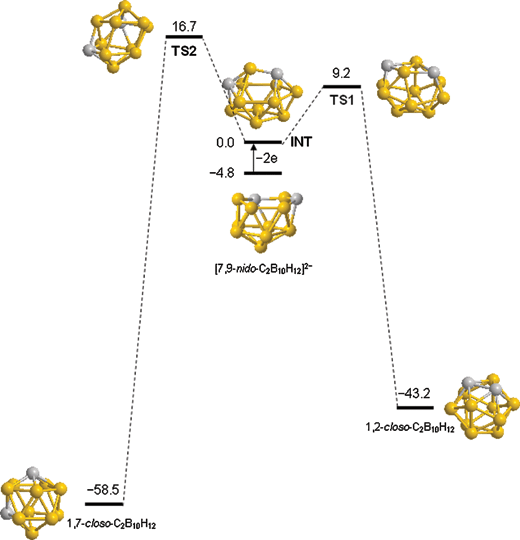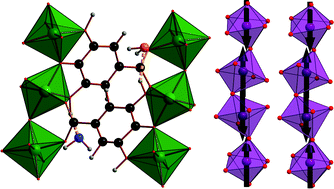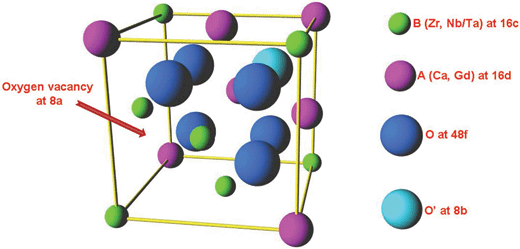In this new Dalton Transactions Hot Article, Macgregor, Welch, Zanello et al. report the synthesis of carboranes substituted with a range of ArF substituents. The team also describe the results of spectroscopic, computational and (spectro)electrochemical studies for identifying the best ArF substituent to stabilise the new carboranes once reduced.
Supraicosahedral hete roborane chemistry is an area of contemporary interest. Heteroborane clusters with >12 vertices can be challenging to synthesise and can present interesting problems for computational chemists.
roborane chemistry is an area of contemporary interest. Heteroborane clusters with >12 vertices can be challenging to synthesise and can present interesting problems for computational chemists.
Supraicosahedral heteroborane chemistry is important as such compounds could find valuable applications in a wide range of fields from bond activation and homogeneous catalysis to medicine.
Read for free until the 1st April 2011 here.
Spectroscopic, structural, computational and (spectro)electrochemical studies of icosahedral carboranes bearing fluorinated aryl groups
Hugo Tricas, Marta Colon, David Ellis, Stuart A. Macgregor, David McKay, Georgina M. Rosair, Alan J. Welch, Ivan V. Glukhov, Fulvio Rossi, Franco Laschi and Piero Zanello
Dalton Trans., 2011, Advance Article, DOI: 10.1039/C0DT01798A













 In this new
In this new 
 ting quantum spin levels via ligands, which play no role in super-exchange, is of general interest to the practise of spin Hamilton modelling.
ting quantum spin levels via ligands, which play no role in super-exchange, is of general interest to the practise of spin Hamilton modelling.